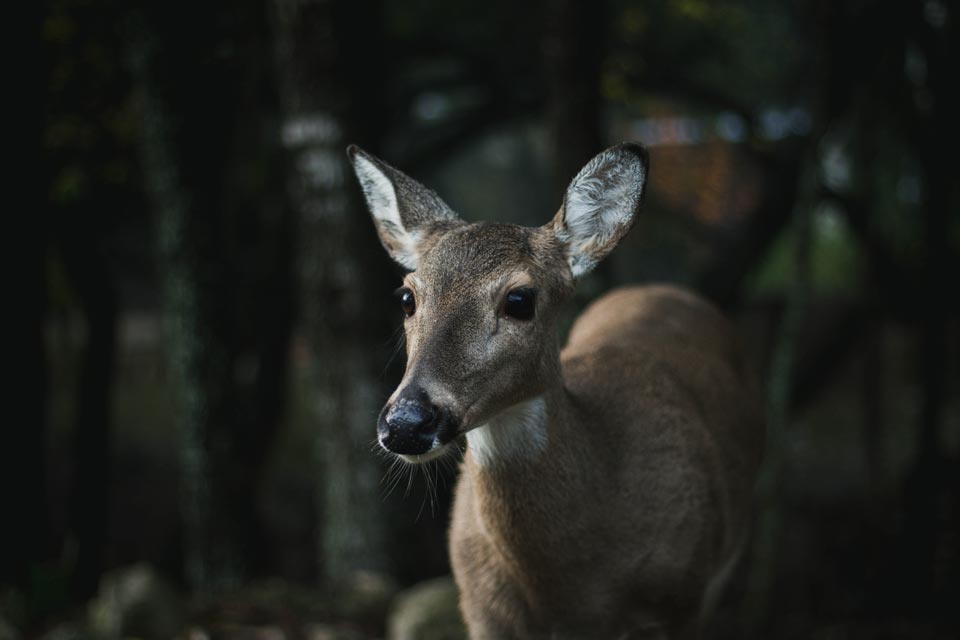Almost 1,700 readers have completed our survey about deer movements, so I thought we’d start summarizing the results and comparing them to how the deer actually moved.
The first question from the survey I am going to answer is:
How does rain affect deer movements?
The answers we gave you to choose from were:
- No effect
- No effect from brief thunderstorms, but continual rains reduce deer movement
- Rain only reduces deer movements when temperatures are 45 °F or less
- Deer movements increase when it rains
- Deer movements increase when it rains and temperatures are greater than 45 °F
The results were pretty interesting. Just over half of you selected #2 – continual rains reduced deer movement. Equal numbers selected ‘no effect’ or ‘only when it’s cold’. Some folks suggested deer movement increases and a few said they increased only when it was warm.

So what did the deer actually do?
To answer this question I took all our data from the month of October in 2013. For each day of the month I calculated how many miles each deer traveled during the day and at night. The dataset consisted of 1,731 deer-days/nights.
For each day I had NOAA weather data that indicated temperature and how many inches of rain fell. If total rainfall that day was >0.1 inches but <1.0 inch I defined that as a “steady” rain (no info was available on how long the rain fell).
We had 9 days of rain that month, maximum temps ranged from 39 F to 84 F, and minimum temps ranged from 23 to 65 F.
I then analyzed the data to estimate how far deer traveled by the following:
-
- during daylight and nighttime hours
- with and without rain
- whether temps were above or below 45 F
- for males and females.
I know, I know – you want to see the results not read how I analyzed the data. Just what did the deer do?
First off, I could find no effect of temperature on deer movements. Of course we didn’t have many cold, rainy days – only 3 days did it rain with temps <45 F.
For females I found NO EFFECT of rain on their movements. Maybe they moved a little less when it rained, but not much. They even moved the same distance during the day as at night! I never would have guessed that.
Here are the estimates of mean miles traveled per day/night period for females. The black squares are the estimated distance traveled and the vertical lines are measures of precision (the variability among deer and days – called 95% confidence intervals for those who need to know).

Day in and day out, for the Month of October in 2013, females traveled about a two-thirds of a mile per day. Rain or shine.
What about males? Well, it turns out they are wimps!

That’s right! When it rains males don’t travel as far.
As you’d expect, they travel farther than females, but when it rains they travel about 4-tenths of a mile less per day.
During the daytime they travel about the same distance as females – but less if it’s raining!
During the night they travel about 2/3 of a mile daily, but again less if raining. And there’s also a lot more variability (note the longer vertical lines) – part of this is due to the fact that the rut is kicking in for some males later in the month.
So it certainly looks to me like females can put up with a little rain better than males!
And if you’re looking for that excuse not to hunt in the rain – not sure this will help you much – especially if you’re out to fill a doe tag!
-Duane Diefenbach
Acknowledgments
Thanks to Leah Giralico and Kate Williams for pulling together the deer and weather data to analyze.
If you would like to receive email alerts of new blog posts, subscribe here.
And Follow us on Twitter @WTDresearch
